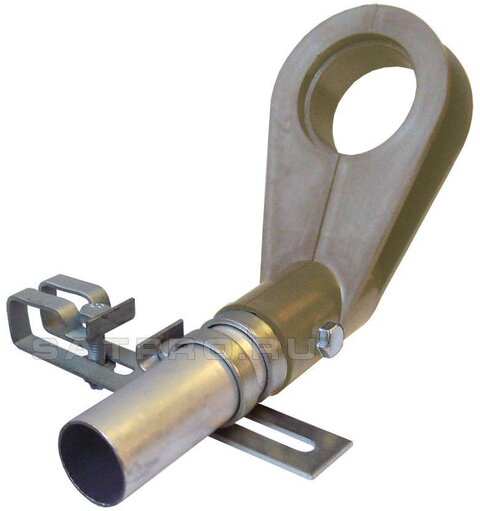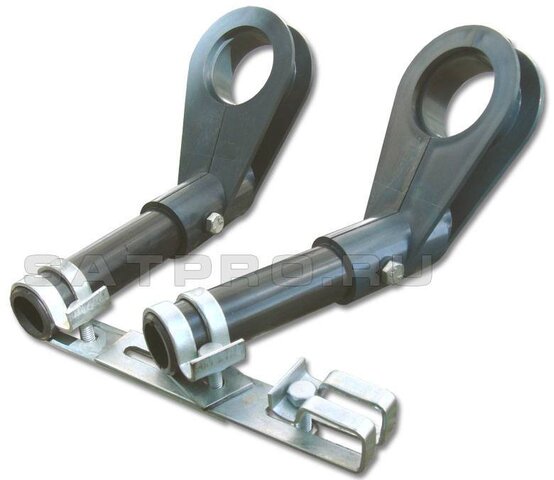Are you talking about the kind of
mini-BUD setup, DREAMFOX1
tested, but an inverted one, with C-band LNB on axis?
Yes, that will ensure C-band gets the most gain, which is what you need with a mini-BUD.
Can it improve the signal, if Invacom LNB is mounted in the same vertical plan as a C-band LNB instead of aside?
No, because this will cause the LNBF to see above or below the Clarke belt. You will get terrible results.
By the same token, if I put Invacom on axis, and add a C-band LNB on top of it, mounting both in the same vertical plan, passing through the dish center, and inclining C-band LNB a bit down towards the dish center - will it result in any C-band signal losses? I'd need to turn C-band feedhorn 90 deg. to make such mounting possible, but I assume, C-band LNB polarization can be manually adjusted after that? How their polarization is typically adjusted anyway?
C-band polarization is adjusted by rotating the feed in the fixed scalar ring.
Can you suggest the best C-band Circular & Linear LNB make and model for a Single Ortho Chaparral feedhorn mounted in an on-axis focal point of a 1.2 m ofset solid dish?
First, the feed determines whether the LNB receives circular or linear, not the LNB. Second, I would suggest focusing only on linear C-band for a mini-BUD at least to begin with. There is very little circular C-band available in North America, and unless you use a wideband corotor, you will need separate linear and circular feeds. With either option you will have losses.
If you want close to the best LNBs, get a couple of Norsat 8115 LNBs. They're about $100 apiece. Norsat also makes slightly lower grade LNBs that would probably work nearly as well. The main difference is frequency stability, which isn't a big deal for FTA because most receivers have a broad capture range. You could also pick up a couple of generic C-band LNBs with decent specs for a lot less. That starts to become a gamble.
What is the physics behind flat and conical scalar rings? Why they're different in performance? Why they consist of several rings - how it works to amplify signal? How to select a proper Diameter & Size of a scalar ring?
Any scalar ring has a rather complicated effect on reception. For our purposes we will assume the primary effect is defining the look angle of the feed to the dish. A conical scalar has fundamentally the same purpose as a flat scalar, only it has a much narrower look angle. One issue with conical scalars is they are not particularly adjustable in terms of a look angle. If you have an offset dish with a low f/D, a flat scalar could very well turn out to be a better match. As C-band feeds tend to come with flat scalars there's little harm in starting there. You could always pick up a conical later if the flat didn't work out.
I hate to tread much beyond this point because we quickly get into theory, graphs and a background information not appropriate to this type of forum. However I will say that scalars do not amplify signals. The rings are intended to trap non-desired signals and noise coming from the wrong directions.
If there's a hole drilled on a side of scalar ring to accomodate a second LNB, how it theoretically affects the ring performance?
It won't help the C-band performance, but the degradation will probably not be too serious. When you want more than one polarization in one band, you have to accept compromises and losses. One alternative is a dual ortho, but there are losses there, too.



